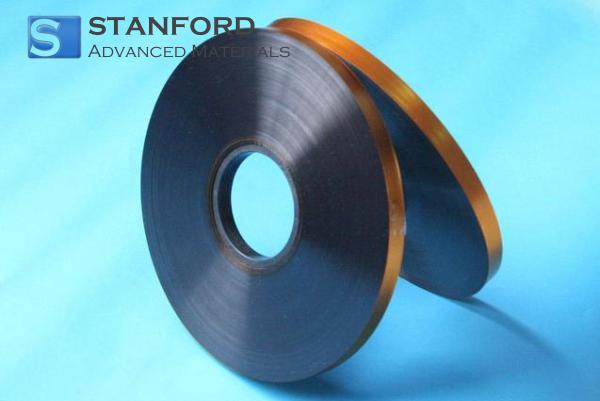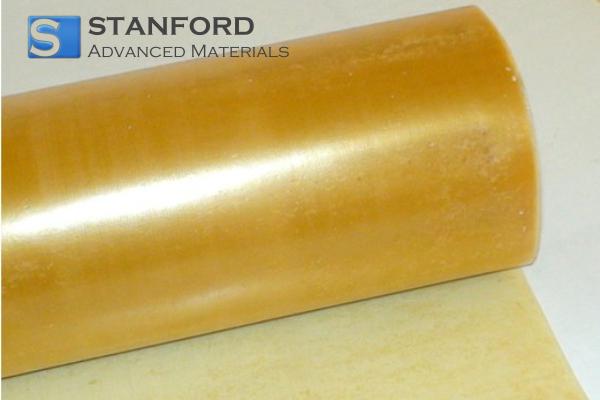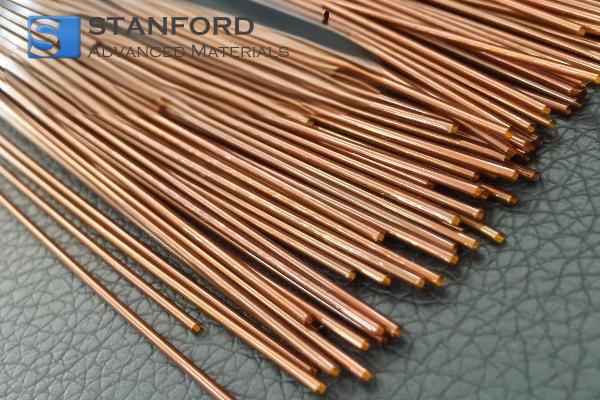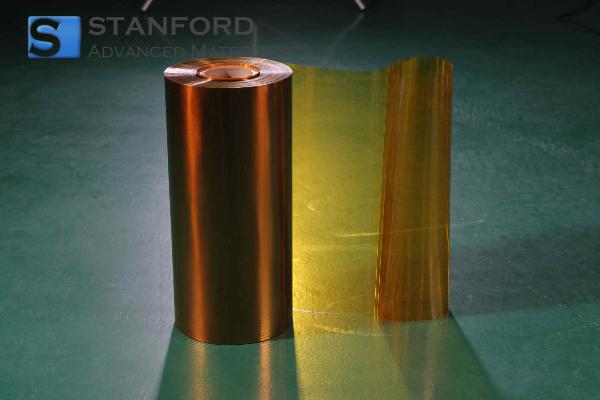Boron: Element Properties And Uses
Description
Boron is a chemical element that plays an important role in chemistry, materials science and industry. This article provides a detailed overview of Boron and its principal properties.
Introduction to the Element
Bor is a chemical element with the symbol B and atomic number 5. It is a metalloid, which means it exhibits properties that are intermediate between metals and non-metals. Boron is a critical element in numerous industrial and scientific applications. In nature, it is usually found as part of compounds such as borates and boric acid rather than in its pure elemental form.
Description of Chemical Properties
Boron exhibits several chemical properties that render it useful for various reactions. It is a trivalent element that typically forms compounds in which three electrons are shared. Boron is highly reactive with oxygen and can form boron oxide (B2O3), a stable compound. It also reacts readily with halogens, thereby forming halides, for example, boron trifluoride (BF3). Boron compounds are often used as fluxes in metallurgy and as catalysts in chemical reactions. Additionally, Boron plays an important role in the formation of boranes, which are boron–hydrogen compounds with various applications.
Physical Properties
Boron occurs in various allotropes, each with distinct physical properties. The most common allotropes are amorphous Boron and crystalline Boron. The following table summarises some of the principal physical properties of Boron:
|
Property |
Value |
|
Atomic Number |
5 |
|
Atomic Mass |
10.81 |
|
Density |
2.34 g/cm³ (amorphous) |
|
Melting Point |
2 076 °C |
|
Boiling Point |
3 927 °C |
|
Electrical Conductivity |
Poor conductor |
|
Appearance |
Black or brown powder (amorphous), metallic lustre (crystalline) |
|
Crystal Structure |
Rhombohedral (crystalline) |
Further information is available at Stanford Advanced Materials (SAM).
Common Uses
Boron has a range of applications in different sectors. Some of the most common uses are:
- Glass Production: Borosilicate glass, which contains boron oxide, withstands temperature changes and is used for laboratory glassware and culinary utensils.
- Fertilisers: Boron is an essential nutrient for plants and is added to fertilisers to promote plant growth.
- Semiconductors: Boron is used in the manufacture of semiconductors and electronic components, owing to its ability to control electrical conductivity.
- Cleaning Agents: Borates are used in cleaning agents to enhance their cleaning capability.
- Alloying Agents: Boron is employed as an alloying element in steel production to increase the hardness and strength of steel.
Preparation Methods
Boron is typically extracted from its ores, the most common of which are Borax (Na2B4O7·10H2O) and Kernite (Na2B4O6(OH)2·3H2O). The element itself is generally not found in its pure form in nature. The most common method for producing Boron is the reduction of boron trifluoride (BF3) with hydrogen:
- Reduction of BF3: Boron trifluoride is reduced by hydrogen gas at high temperatures, resulting in elemental Boron and hydrogen fluoride gas.
In industry, Boron is also produced using other methods, such as electrolysis or the reduction of boron oxide (B2O3).
Related Industrial Products
Boron compounds are important in several industrial applications. Some of the related products are:
- Borosilicate Glass: This glass is known for its resistance to temperature fluctuations and is used for laboratory instruments, cookware and scientific apparatus.
- Borax: It is used in detergents, cosmetics and as a flux in metal processing.
- Boron Carbide (B4C): A hard material used in the manufacture of abrasives, armour-piercing munitions and neutron absorbers in nuclear reactors.
Frequently Asked Questions
What are the most common industrial uses of Boron?
Boron is used in glass production, fertilisers, semiconductors, cleaning agents and as an alloying element in steel manufacture.
Is Boron harmful to humans?
While elemental Boron can be toxic, boron compounds are generally safe when used in small amounts, for instance in fertilisers and cleaning agents.
How is Boron extracted from its ores?
Boron is extracted from ores such as Borax and Kernite primarily through methods such as reduction with hydrogen or electrolysis.
What role does Boron play in plant growth?
Boron is an important micronutrient for plants. It contributes to cell wall formation and supports healthy growth.
What are some important industrial products that contain Boron?
Borosilicate glass, Borax and boron carbide are among the primary boron-containing products used in various sectors.

 Bars
Bars
 Beads & Spheres
Beads & Spheres
 Bolts & Nuts
Bolts & Nuts
 Crucibles
Crucibles
 Discs
Discs
 Fibers & Fabrics
Fibers & Fabrics
 Films
Films
 Flake
Flake
 Foams
Foams
 Foil
Foil
 Granules
Granules
 Honeycombs
Honeycombs
 Ink
Ink
 Laminate
Laminate
 Lumps
Lumps
 Meshes
Meshes
 Metallised Film
Metallised Film
 Plate
Plate
 Powders
Powders
 Rod
Rod
 Sheets
Sheets
 Single Crystals
Single Crystals
 Sputtering Target
Sputtering Target
 Tubes
Tubes
 Washer
Washer
 Wires
Wires
 Converters & Calculators
Converters & Calculators
 Write for Us
Write for Us




 Chin Trento
Chin Trento



